There’s nothing worse than capturing what should have been the perfect portrait—only to realize later that the eyes are soft, the focus is off, and the whole shot is unusable.
If you’ve been struggling with inconsistent focus, you’re not alone.
Blurry photos happen to every photographer at some point, but the good news? There’s a fix.
Here’s exactly how to get tack-sharp focus in your portraits—every single time.

Use the Right Focus Mode for Portraits
Your camera has different focus modes, and if you’re using the wrong one, you’re making things way harder than they need to be.
Best Focus Mode for Portraits: Single Point Autofocus (AF-S or One Shot AF)
- This allows you to select exactly where the camera should focus—which should always be the subject’s eye.
Pro Tip: If your subject is moving, switch to Continuous Autofocus (AF-C or AI Servo AF) to track motion and keep them sharp.
Select the Right Focus Point
Your camera will try to guess where to focus if you let it—but guessing usually leads to missed shots.
- Manually move your focus point (instead of letting the camera pick randomly).
- Always place the focus on the subject’s eye—the closest one to the camera.
- If you’re shooting at a wide aperture (like f/1.8 or f/2.0), even the tiniest misfocus can ruin a shot—so be precise!
Pro Tip: Many newer cameras have Eye Autofocus, which locks onto the eyes for crazy sharp results. If your camera has it, use it!
Don’t Shoot Too Wide Open (If You’re Missing Focus Often)
We all love that creamy, dreamy background blur you get from shooting at f/1.2 or f/1.4—but shooting wide open makes focus more difficult.
Why? Because the wider your aperture, the smaller your focus plane.
- For sharp, consistent focus, try f/2.2 – f/2.8 instead of f/1.2 or f/1.4.
- If you’re shooting multiple people, use f/3.2 – f/4 so everyone is in focus.
Pro Tip: If you love shooting at super wide apertures (like f/1.2), take extra frames to ensure you nail focus on at least one!
Use a Fast Shutter Speed to Prevent Motion Blur
Sometimes, the issue isn’t focus—it’s motion blur caused by a slow shutter speed.
- For portraits, keep your shutter speed at least 1/250 sec.
- If your subject is moving, use 1/500 sec or faster to freeze action.
- If you’re using a longer focal length (like 85mm or 135mm), increase your shutter speed to avoid camera shake.
Pro Tip: A simple rule of thumb is to set your shutter speed to at least double your focal length (so if you’re shooting at 85mm, use 1/170 sec or faster).

Use Back Button Focus for More Control
If you’re still using your shutter button to focus, try switching to back button focus (BBF) instead.
BBF separates focusing from taking the shot, giving you more control and fewer missed-focus shots.
To enable Back Button Focus, go into your camera settings and assign focus to a button on the back of your camera(like AF-ON).
Pro Tip: BBF is especially useful when shooting moving subjects, since it prevents the camera from refocusing every time you press the shutter.
Want to Learn ALL the Secrets to Pro-Level Portraits?
Sharp focus is just one part of the equation. If you want to learn:
- The exact settings I use for tack-sharp, professional portraits
- How to work with natural light for the best results
- How to avoid the biggest mistakes that make portraits look unpolished
Then Photo Formula is for you!
And for a limited time, I’m offering it for 50% off!
Get it here before the discount disappears → PHOTO FORMULA
Because once you master focus, lighting, and composition—your photos will instantly look next level.
Final Thoughts
No more soft focus, missed shots, or frustratingly blurry portraits.
Here’s what to do next time you shoot:
- Use Single Point Autofocus and focus on the eye
- Don’t shoot too wide open—try f/2.2 or f/2.8 for more consistency
- Keep your shutter speed fast to prevent motion blur
- Try Back Button Focus for better control
Have you ever struggled with focus issues? What helped you fix it? Drop a comment and let’s chat!
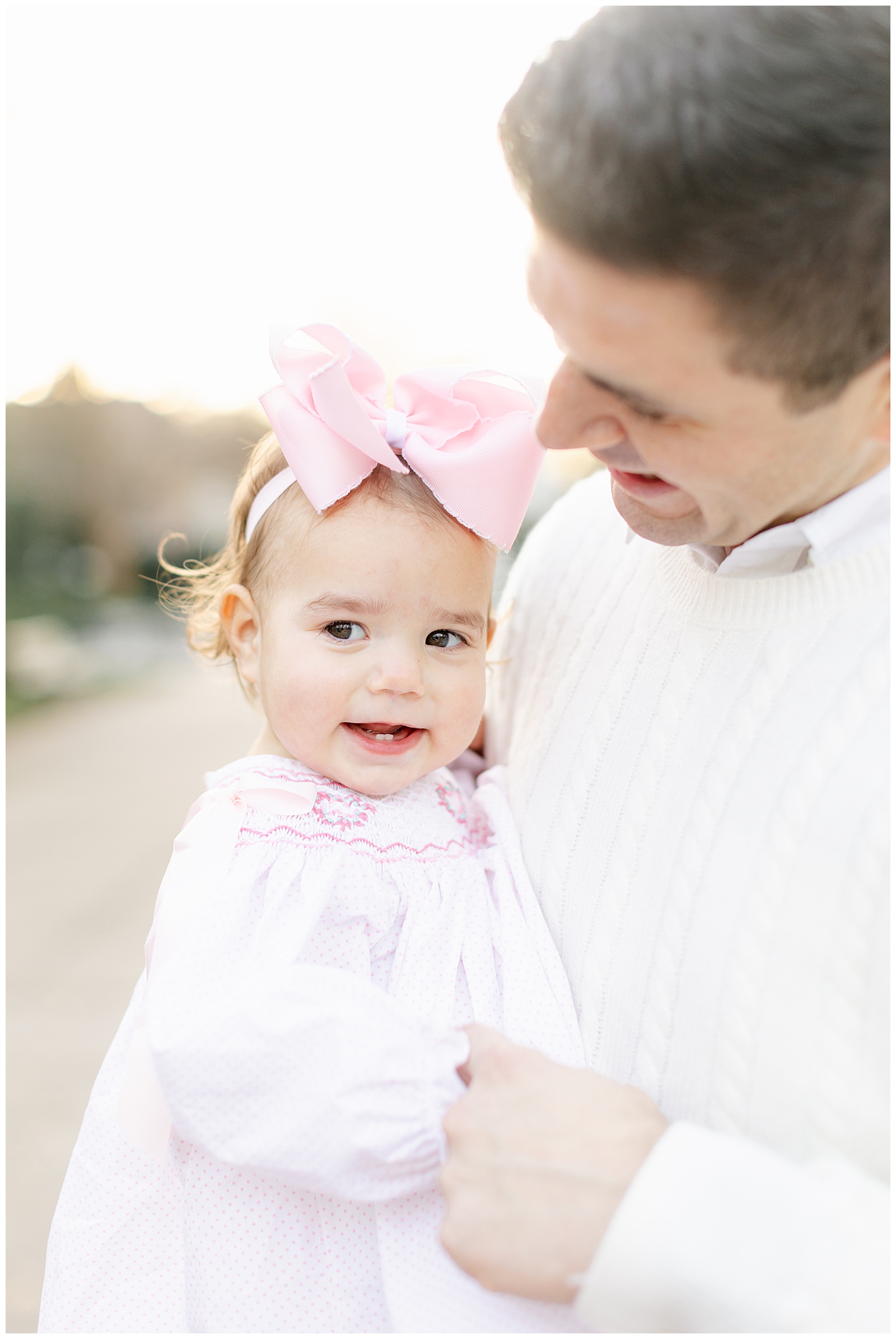
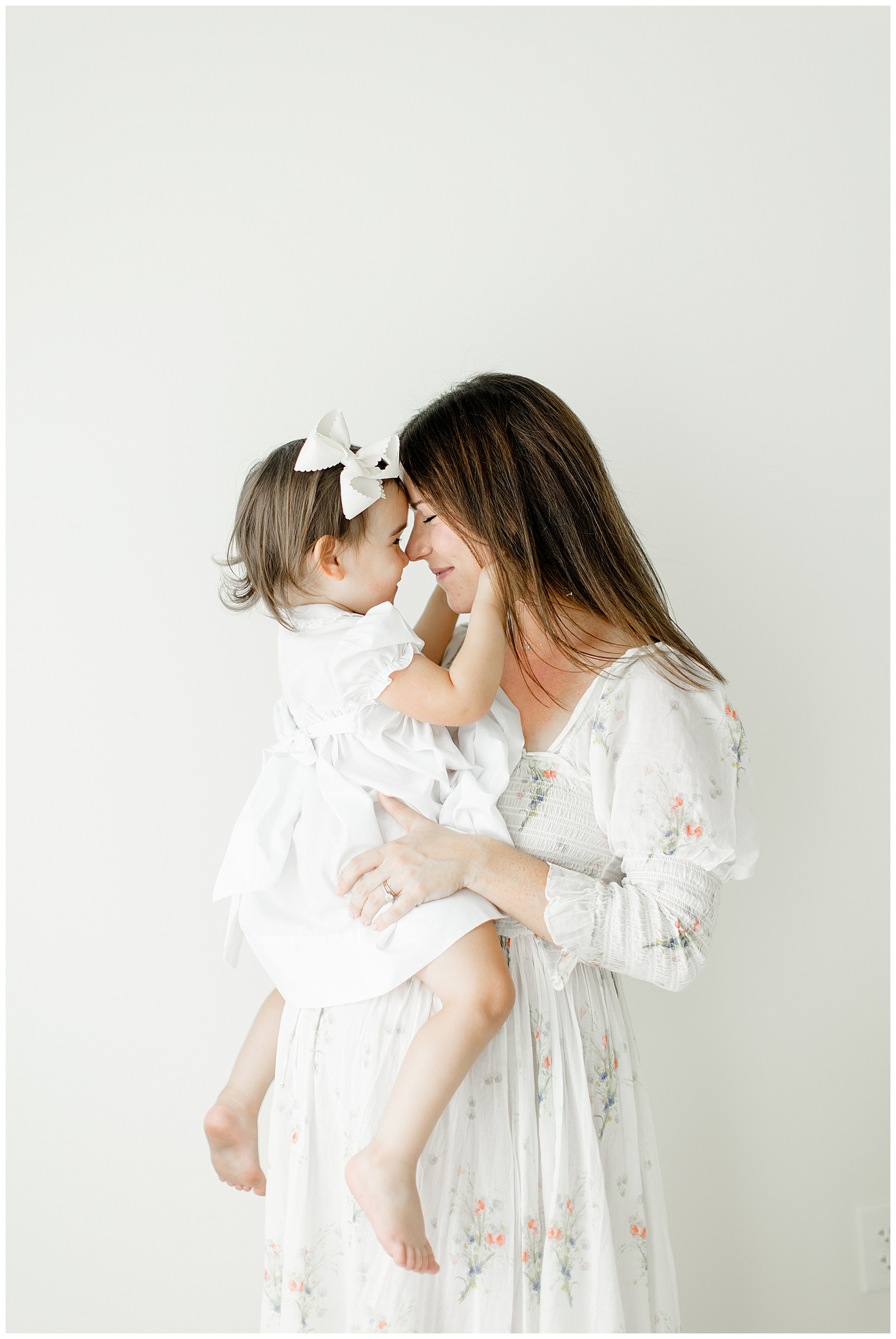

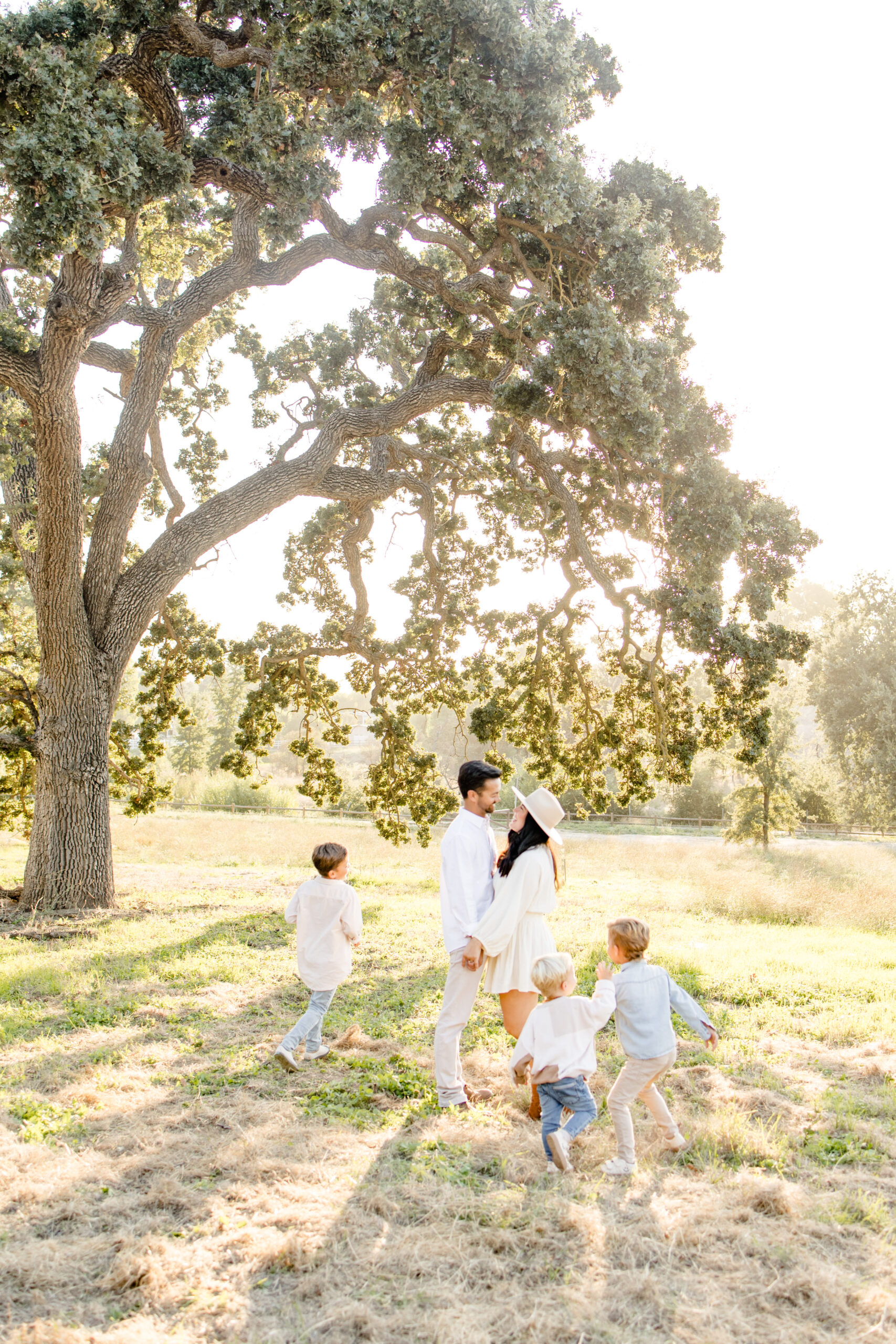
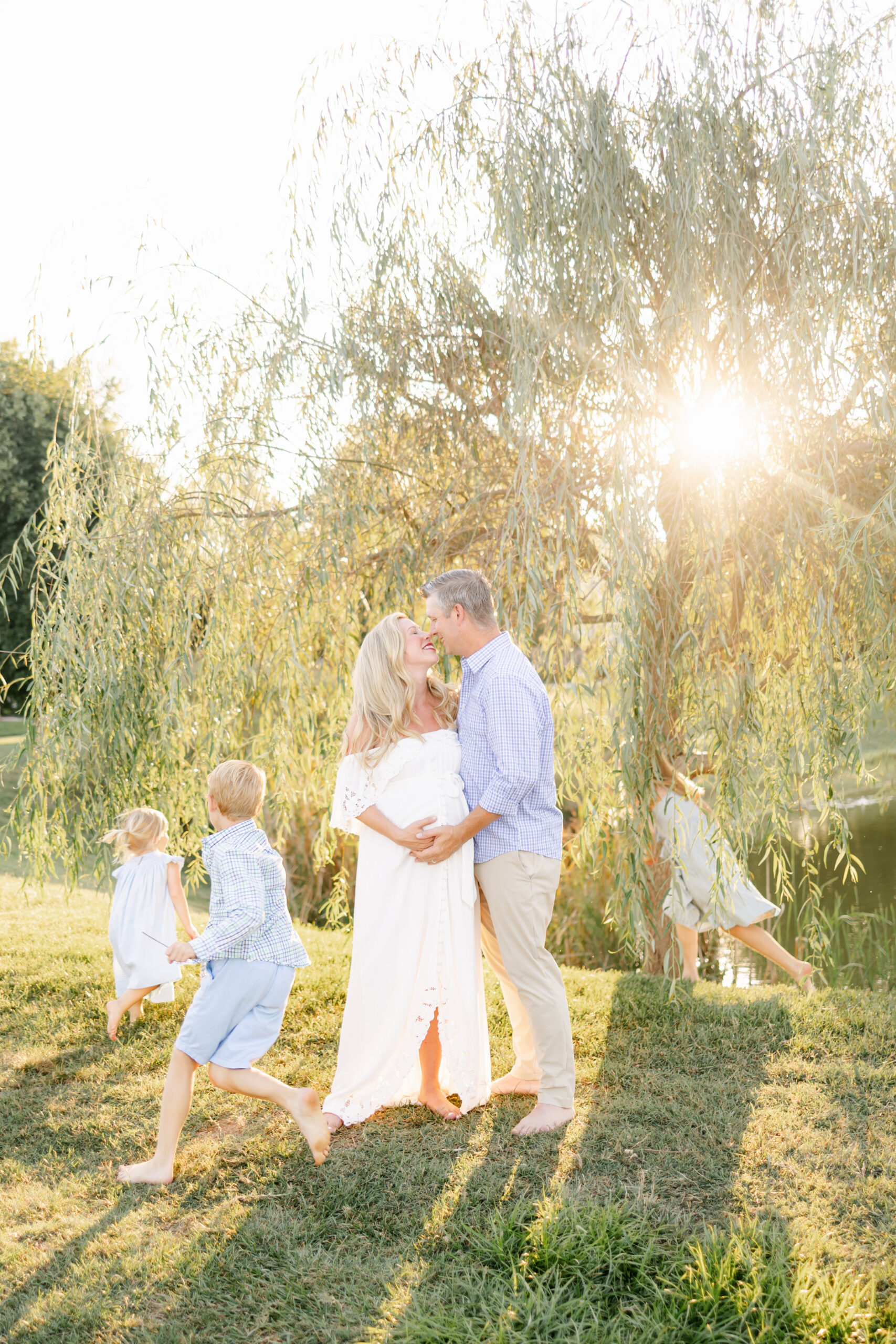
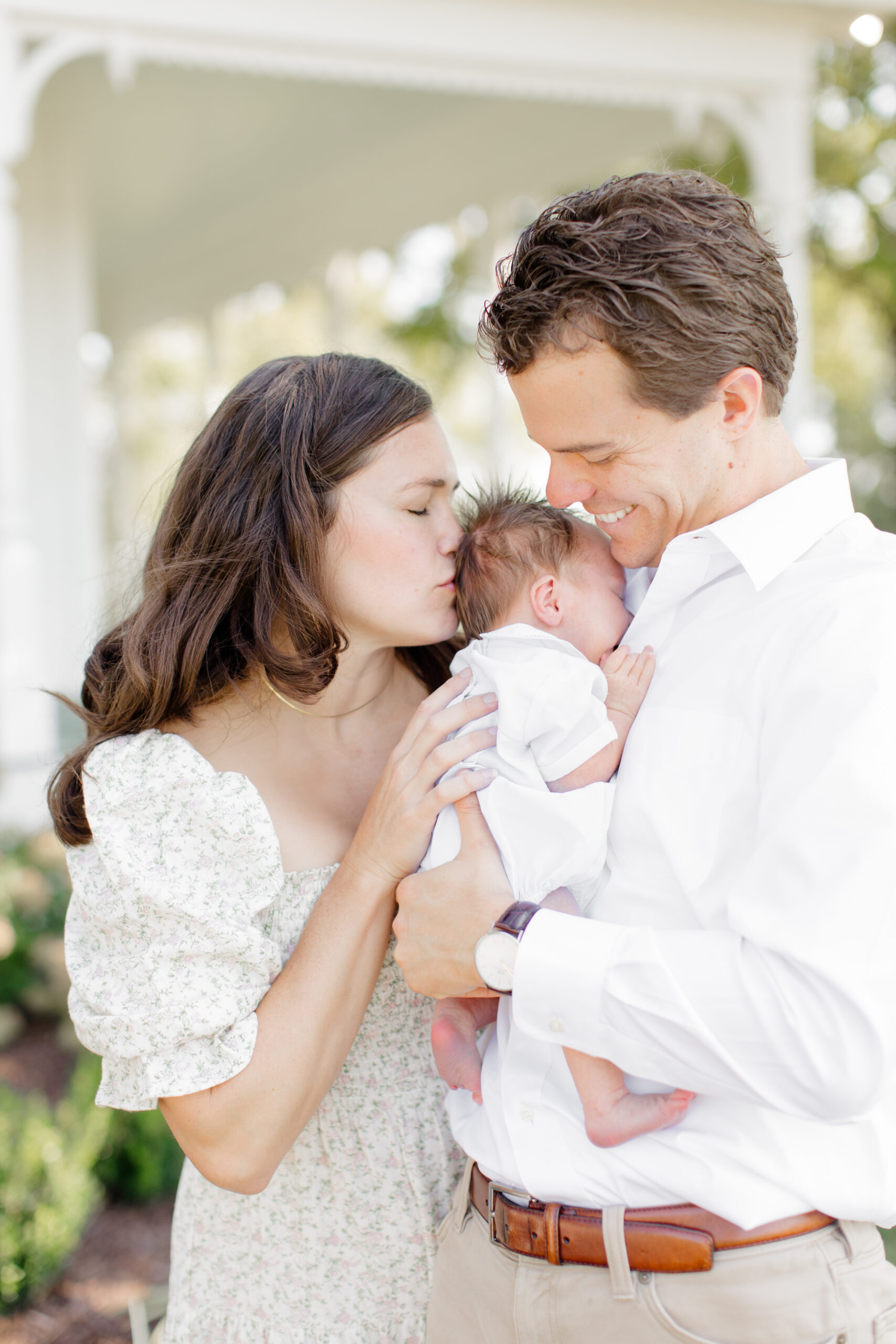
+ COMMENTS
add a comment